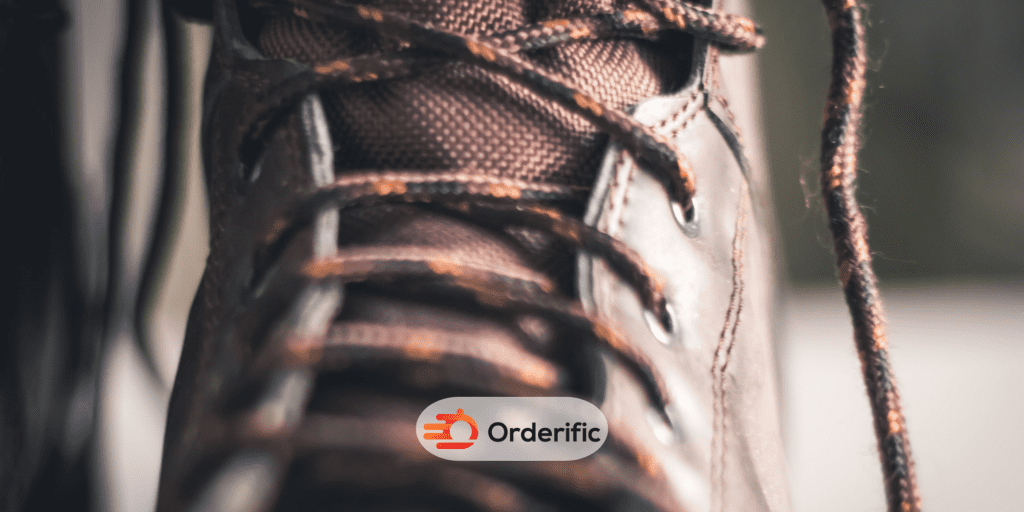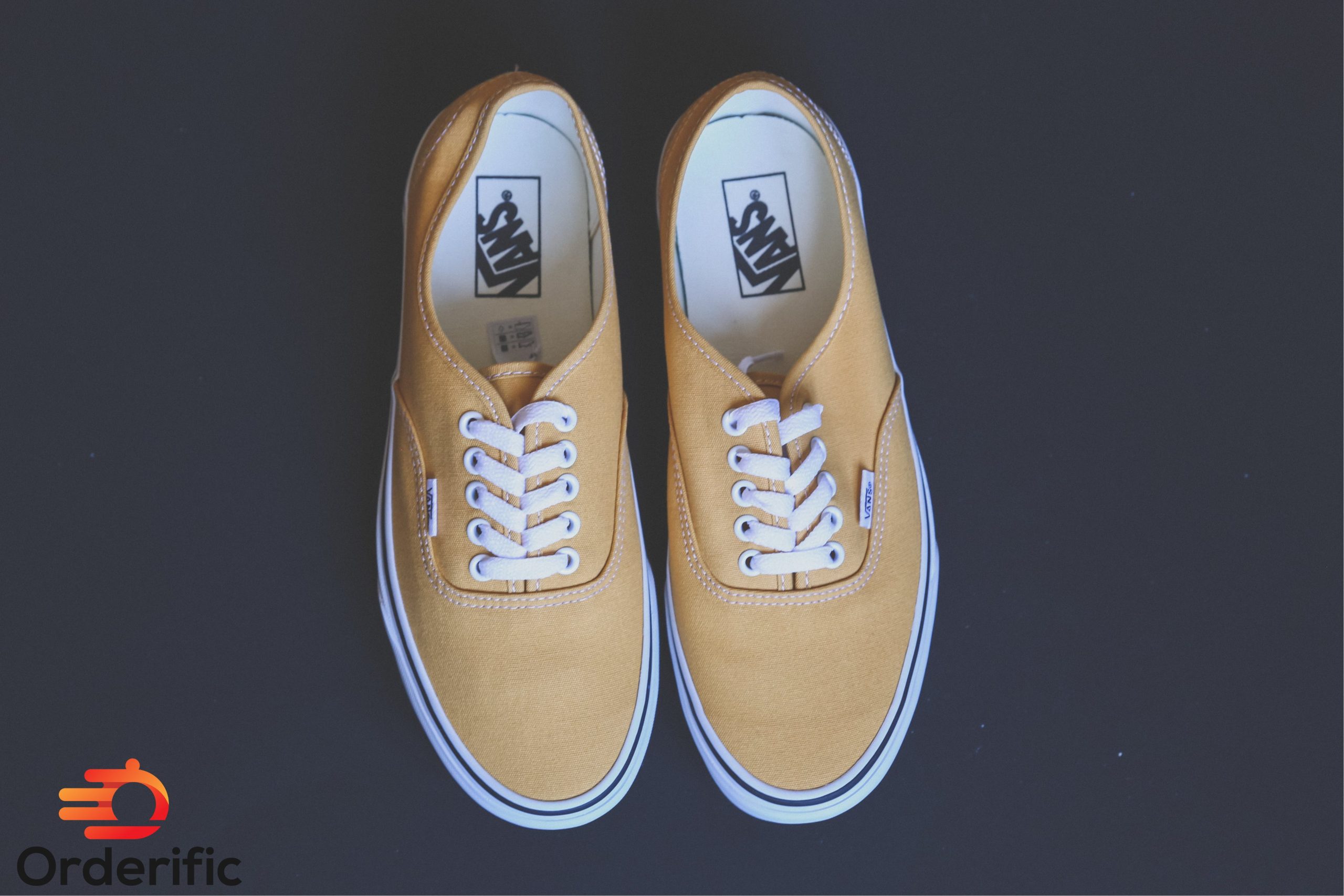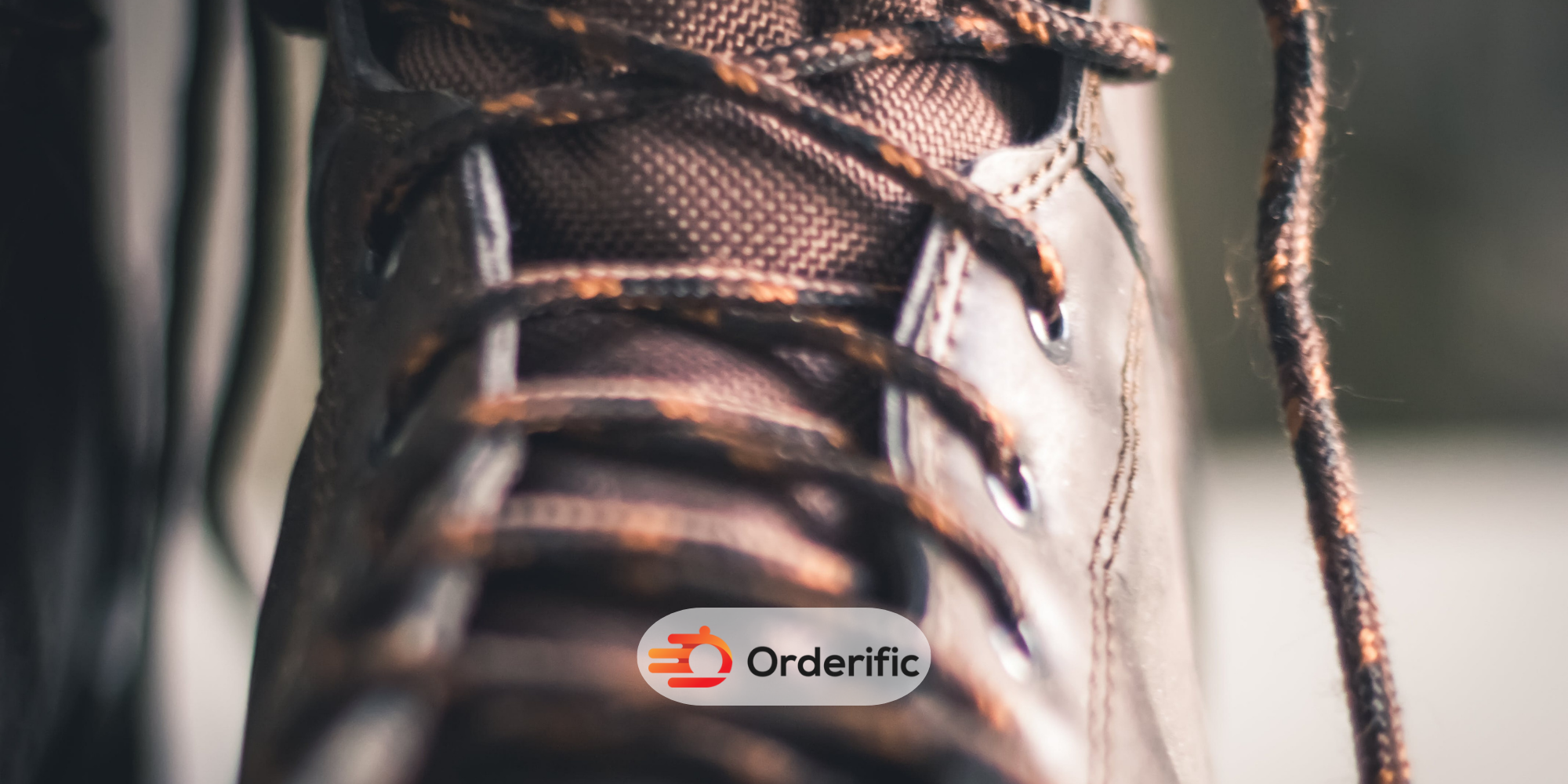If you’re someone who regularly works in environments where oil spills and slick surfaces are the norm, you’ll understand the importance of oil-resistant shoes. Not only do they increase your safety by providing excellent traction, but they also offer a layer of protection to the composite toe, heightening your defense against workplace hazards.
But it’s not just about safety; comfort plays an equally significant role. With the right pair of oil-resistant shoes, you can spend long hours on your feet without discomfort. The shoes are designed to provide a snug fit, sturdy support, and ample ventilation. It’s an investment that keeps you safe, secure, and comfortable all day long.
The Importance of Appropriate Footwear & What are Oil-Resistant Work Boots?
Choosing the right footwear is of utmost importance in hazardous work environments. Slippery surfaces, heavy machinery, or sharp objects pose significant threats to worker safety, but the right pair of shoes can mitigate these risks. Shoes with oil-resistant soles, for example, reduce the risk of slip-and-fall accidents on oil-slicked surfaces. The composite toe adds another layer of safety, protecting your feet from heavy falling objects or accidental impacts.
But what exactly are oil-resistant work boots? These are specially designed shoes with a non-porous outsole that repels oil. The material is formulated to provide superior grip on oily or greasy surfaces, preventing slips and falls. The composite toe in these shoes is typically made of lightweight material like Kevlar, carbon fiber, or plastic. It offers the strength of steel but at a much lighter weight, protecting your toes while ensuring comfort. These boots are a must-have safety gear for anyone working in environments riddled with potential foot hazards.
The Making of Oil-Resistant Boots & Key Features
The outsole of oil-resistant boots is created using a special rubber compound with superior resistance to oils and greases. This material provides excellent traction on wet surfaces, even in cold temperatures. The composite toe is made of lightweight material like plastic or carbon fiber, offering the same level of protection as steel but at a much lower weight. Additionally, these shoes offer increased breathability, keeping your feet dry and comfortable all day long.
Oil-resistant boots are designed to provide a snug fit with ample cushioning, allowing you to stand or walk for extended periods without discomfort. The insole is made of shock-absorbent foam that provides arch support and heel cushioning. It also helps reduce fatigue on your feet

Benefits of Oil-Resistant Work Boots
Oil-resistant work boots are a must-have for anyone working in hazardous environments. They offer superior protection against slips and falls on slick surfaces, as well as added toe protection from falling objects or impacts. Additionally, they provide ample cushioning and breathability, reducing fatigue and keeping your feet dry all day long.
These shoes are also designed to last for long periods, making them a great investment for anyone looking for durable yet comfortable footwear. Oil-resistant boots are designed to fit snugly and provide the right amount of support for your feet. With a pair of oil-resistant shoes, you can stay safe and secure in even the most hazardous work environments.
Enhanced Workplace Safety
Oil-resistant shoes can help enhance workplace safety by providing superior traction in slippery environments. The composite toe provides an additional layer of protection from potential foot hazards, ensuring your feet are safe and secure all day long.
Increased Productivity
Oil-resistant shoes can help improve productivity in hazardous work environments. The lightweight material and ample cushioning ensure comfort, so you can stay on your feet for longer periods without feeling discomfort. Additionally, the superior grip on oily surfaces helps reduce the risk of slips and falls, reducing downtime due to injury or accidents
Versatile Performance
Oil-resistant shoes are designed to provide superior performance in a variety of hazardous work environments. The non-porous rubber outsole offers excellent traction on oil-slicked surfaces, while the composite toe provides added protection against potential foot hazards. Additionally, these shoes come in a variety of styles and designs that can be tailored to meet individual needs and preferences.
Durability and Longevity
Oil-resistant shoes are designed to last for long periods. The non-porous rubber outsole is resistant to oils and greases, while the composite toe offers superior protection from falling objects or impacts. The added cushioning ensures comfort, even after spending hours on your feet.
Comfort and Support
Oil-resistant shoes are designed for maximum comfort and support. The insole is made of shock-absorbent foam that provides arch support and heel cushioning, making them an ideal choice for those looking to reduce fatigue on their feet. These shoes also provide ample breathability, keeping your feet dry and comfortable all day long.
Choosing the Right Oil-Resistant Work Boot
Choosing the right pair of oil-resistant work boots goes beyond merely picking a size. There are several factors that you need to consider to ensure you get the best fit for your needs. Firstly, take into account the nature of your work environment. If you frequently encounter slippery surfaces, look for boots with the highest oil resistance rating. The composite toe is another crucial feature if you work around heavy machinery or falling objects. Remember, you need to strike a balance between safety and comfort.
In addition to safety features, consider the fit and comfort of the boots. Oil-resistant work shoes should not compromise on comfort, as you likely will be on your feet for extended periods. Look for boots with ample cushioning, arch support, and good breathability to ensure your feet stay comfortable throughout the workday. Design and style can also play a part in your decision, but never prioritize aesthetics over safety. Lastly, consider the durability of the boots. While oil-resistant shoes might be more costly upfront, their long-lasting nature makes them a worthwhile investment.

Conclusion
Oil-resistant work boots are an essential safety gear for anyone working in hazardous environments. They provide superior traction on slippery surface and additional protection from potential foot hazards. These shoes also offer ample cushioning, arch support, and breathability, reducing fatigue and keeping your feet dry all day long. When choosing the right pair of oil-resistant work boots, consider the nature of your work environment, the fit and comfort of the boots, and their durability. With the right pair of oil-resistant shoes, you can stay safe and secure while comfortable all day long.
So if you’re looking for superior protection in hazardous environments – make sure to invest in a good quality pair of oil-resistant work boot today!
Find more delicious and delightful content with Orderific here. For the many ways Orderific can improve your business, start trying it out here. It’s Orderific time now!
FAQs
Are oil-resistant shoes waterproof?
No, oil-resistant shoes are not waterproof. While the non-porous rubber outsole repels oils and greases, it is not designed to be waterproof.
Do these shoes provide slip resistance?
Yes, oil resistant shoes provide superior slip resistance in wet or oily environments. The non-porous rubber outsole is designed to provide additional traction on slippery surface.
Can I wear them in industrial settings?
Yes, oil resistant shoes are a great choice for industrial settings.
How to clean and maintain oil resistant shoes?
Oil-resistant shoes should be cleaned and maintained regularly to ensure they last for long periods. To clean them, use mild soap mixed with water and a soft brush or cloth.
Are there different styles available?
Yes, oil-resistant shoes come in a variety of styles and designs. You can choose from boots, lace-up shoes, slip-on shoes, or even sandals.













